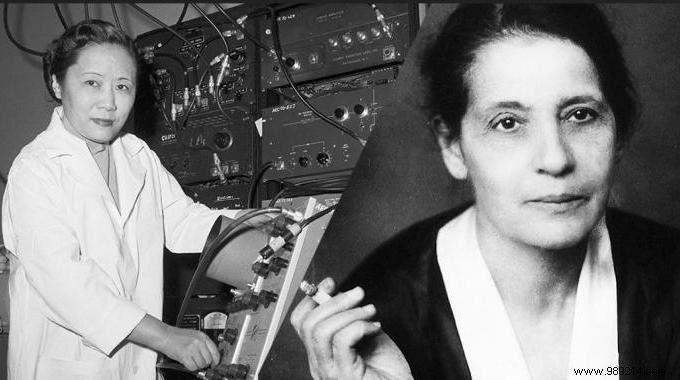
We all know Marie Curie, of course. But she is far from being the only female scientist!
Many other exceptional women are at the origin of decisive scientific advances .
And this affects fields as varied as paleontology, medicine and physics.
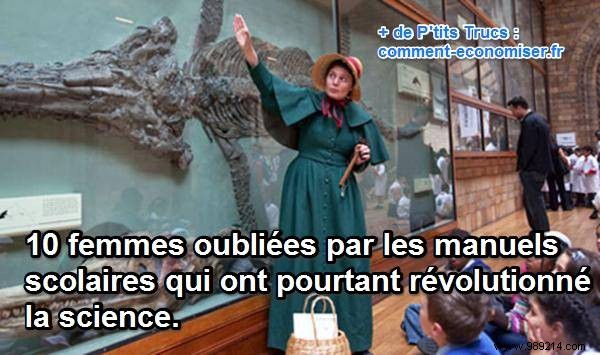
The problem is that we never talk about these women who have nevertheless revolutionized science.
Without these women, our lives would surely not be what they are today.
We therefore offer you a chance to discover these women who have advanced science. Watch:
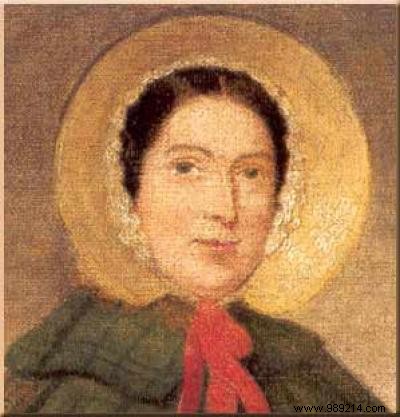
Mary Anning's vocation was sealed at the age of 12, when she and her little brother discovered an ichthyosaur skeleton in England near their hometown.
Since that day, the study of fossils has become his passion. As a child, she waited impatiently for the storms hoping that the wind and the rain would have revealed fossils hidden under the limestone sediments. That's how she discovered her first whole skeletons of pterodactyls.
The results of his research were widely exploited in the scientific community of the time in England. But because she was a woman, she was never recognized by her peers. His name was never even mentioned.
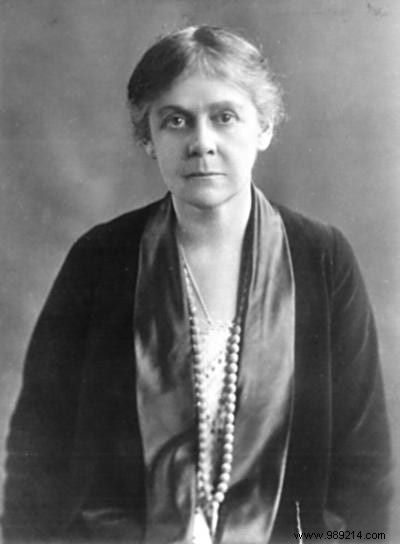
In 1883, after earning her medical degree from the University of Michigan, Alice Hamilton became interested in working conditions , especially in companies that use lead, mercury and toxic substances. She makes it her main subject of study.
From there, she deduces a table summarizing the diseases that result from exposure to these dangerous products:colic, cramps and weight loss caused by lead, etc. It is therefore thanks to her that today all these toxic substances have been banned from our daily lives.
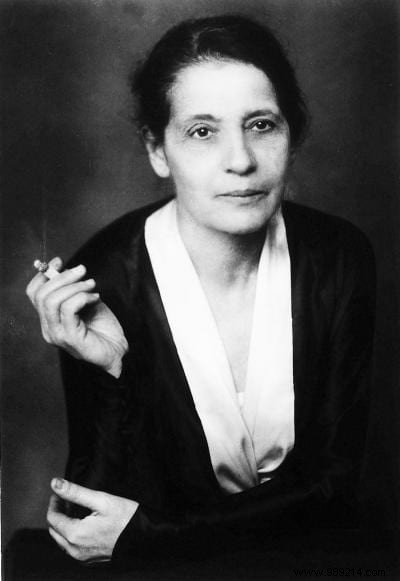
In 1944, the Nobel Prize in Chemistry was awarded to Otto Hahn, a German scientist who had supposedly discovered nuclear fission. The problem, is that it is not at the origin of this discovery.
It is Lise Meitner, his collaborator for 30 years, who is at the origin. She mastered her subject so well that she was quite capable of explaining the results of the study to her nephew, Otto Frisch.
Being of Jewish origin, and faced with the refusal to support her financially, she emigrated to Sweden in 1938 and left the Kaiser Wilhelm Institute of Chemistry in Berlin. She ended up giving her name to an artificially synthesized chemical element, meitnerium.
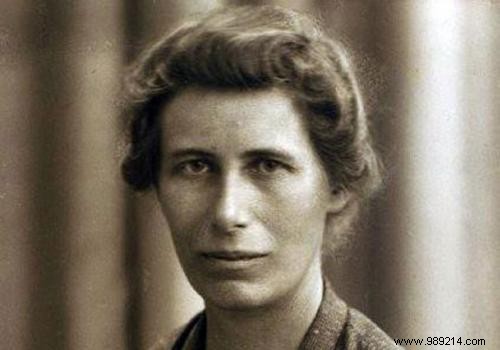
Inge Lehmann lived in Denmark, a country that is particularly famous for the low number of natural disasters.
Passionate about earth movements, this woman turned this particularity into a strength by studying the seismic waves coming from the other side of the Earth. It was thanks to this approach that she was able to deduce that the center of the Earth was formed by a solid core .
His work complements that of Beno Gutenberg, a German seismologist, who discovered in 1930 that at the center of the Earth there was a liquid core.
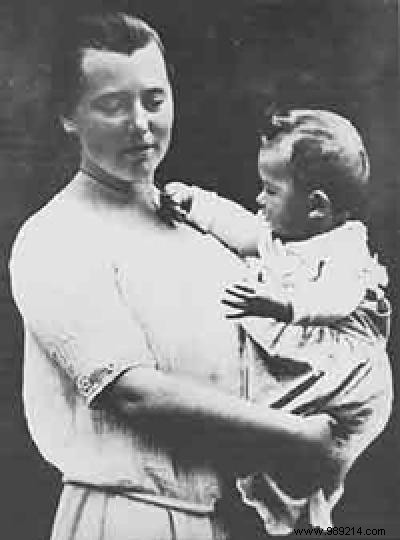
The Nobel Prize for Medicine was awarded in 1935 to a German embryologist, Hans Spemann. He rewarded his discovery of the organizing effect in the development of embryos.
In his speech, Hans Spemann mentioned Hilde Mangold, his student, only twice. Yet it is thanks to her that he was able to obtain this prestigious award, since his work was based on the thesis written by this woman.
In 1920, she had indeed succeeded in transplanting embryonic tissue from one species to another species. She was able to create Siamese twins with different genetic backgrounds.
She had thus demonstrated that embryos had cells responsible for the development of the central nervous system and the spinal column.
Hilde Mangold died in the explosion of a gas stove, the year of the publication of her thesis.
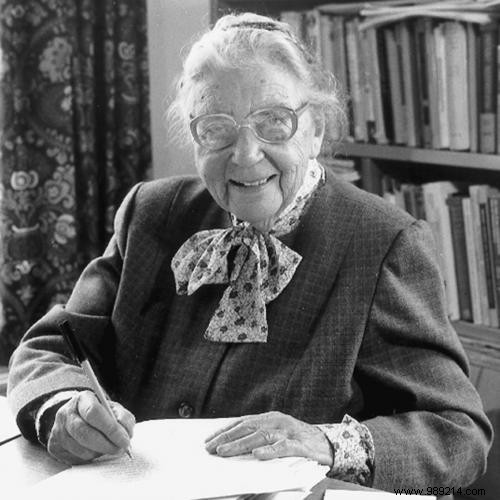
Elsie Widdowson gave birth to modern dietetics. She laid down the main principles of a healthy diet .
To test how the human body reacts to different diets, she was her own guinea pig:she injected herself with minerals and vitamins into the body and studied their effects.
During World War II, a diet of cabbage, potatoes, bread and… chalk was developed for the British government, thanks in part to her.
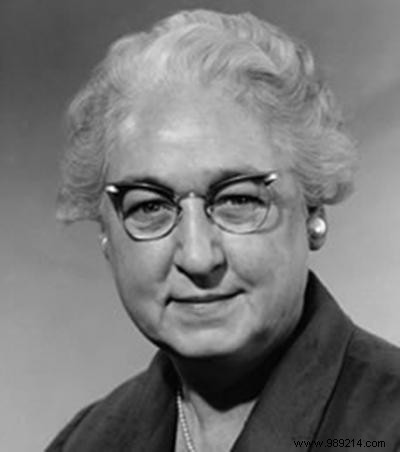
All parents, and especially pediatricians, know the Apgar score which allows you to assess the baby's health at birth.
What is less known is that this evaluation system, used throughout the world, was developed by a woman anesthesiologist, Virginia Apgar. It is, however, a considerable progress in obstetrics for the management of the health of newborns.
Before this discovery, there was no assessment system to know if infants were born healthy!
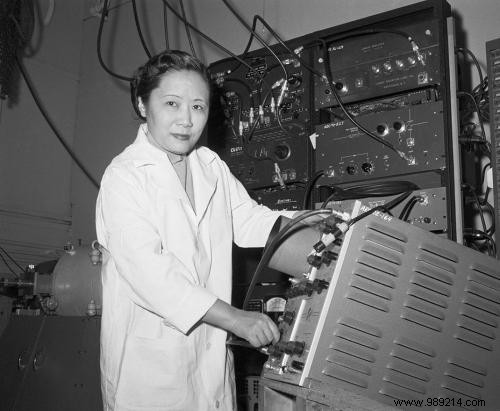
Chien-Shiung Wu is one of the few women to have received a Nobel Prize in Physics in 1957. American of Chinese origin, she succeeded in demonstrating that the law of conservation of parity did not always apply.
This law of parity established the principle that particles which repeat themselves symmetrically always behave in the same way. The experiments she carried out in 1956 allowed her to invalidate this physical law.
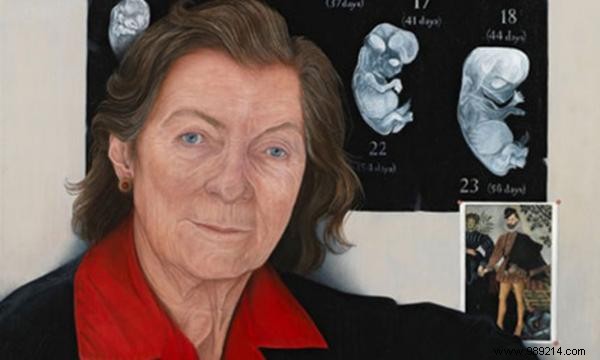
What if Ann MacLaren was the mother of test-tube babies? It was she and her team who succeeded for the first time in creating test-tube baby mice in the mid 50s.
The process used was not so different from that used in medically assisted procreation today. It involved fertilizing a mouse egg outside its uterus and then implanting the embryos into that of a surrogate mouse.
After having successfully completed this experiment, Ann McLaren sent a telegram to her colleague announcing:“4 test-tube babies have been born!”
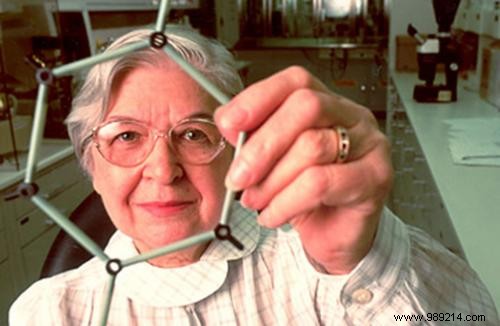
Kevlar, you probably know? It is a bulletproof material used by police and military around the world to protect them.
Did you know that a woman invented it? Her name is Stephanie Kowlek. His first vocation was medicine. She joined an American company, Dupont, in order to save money to be able to afford medical school.
Eventually, she fell in love with her job. In 1964, his company had a new mission:to develop a material strong enough to replace the steel cord found in tires. Our great chemist specialized and created Kevlar, so useful today in many fields, from kitchen instruments to spaceships.
The Kevlar She Invented is much lighter than steel and above all it is 5 times more resistant.
At Comment-economiser.fr, we believe that the contribution of these women to scientific progress deserves to be better known.
These 10 women have revolutionized the world of science in a wide variety of fields, thanks to their discoveries. They are among the greatest scientists in the world.
Yet they are very little known or recognized. In your opinion, why ? Leave us a comment to share your opinion. We can't wait to read you!